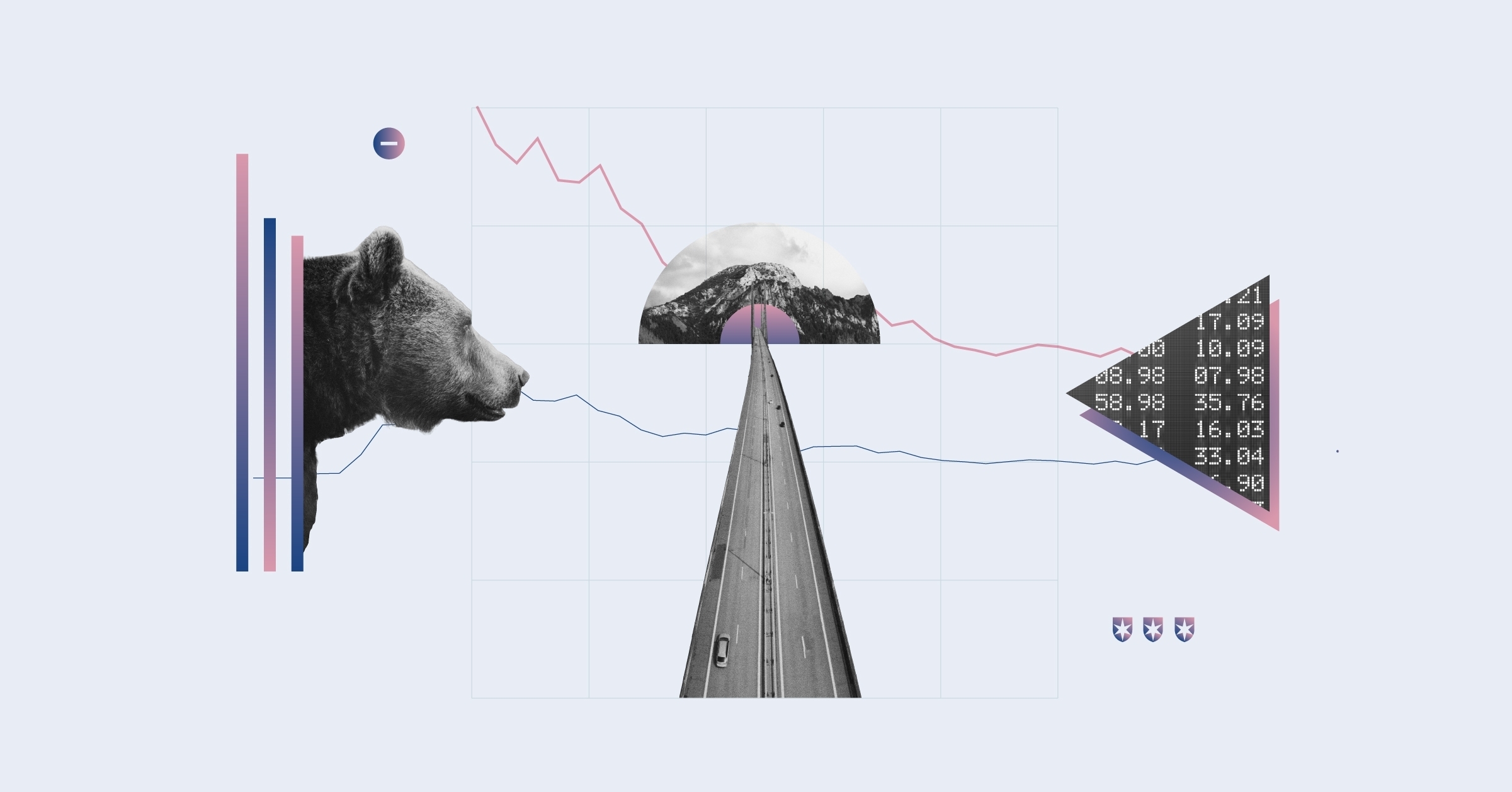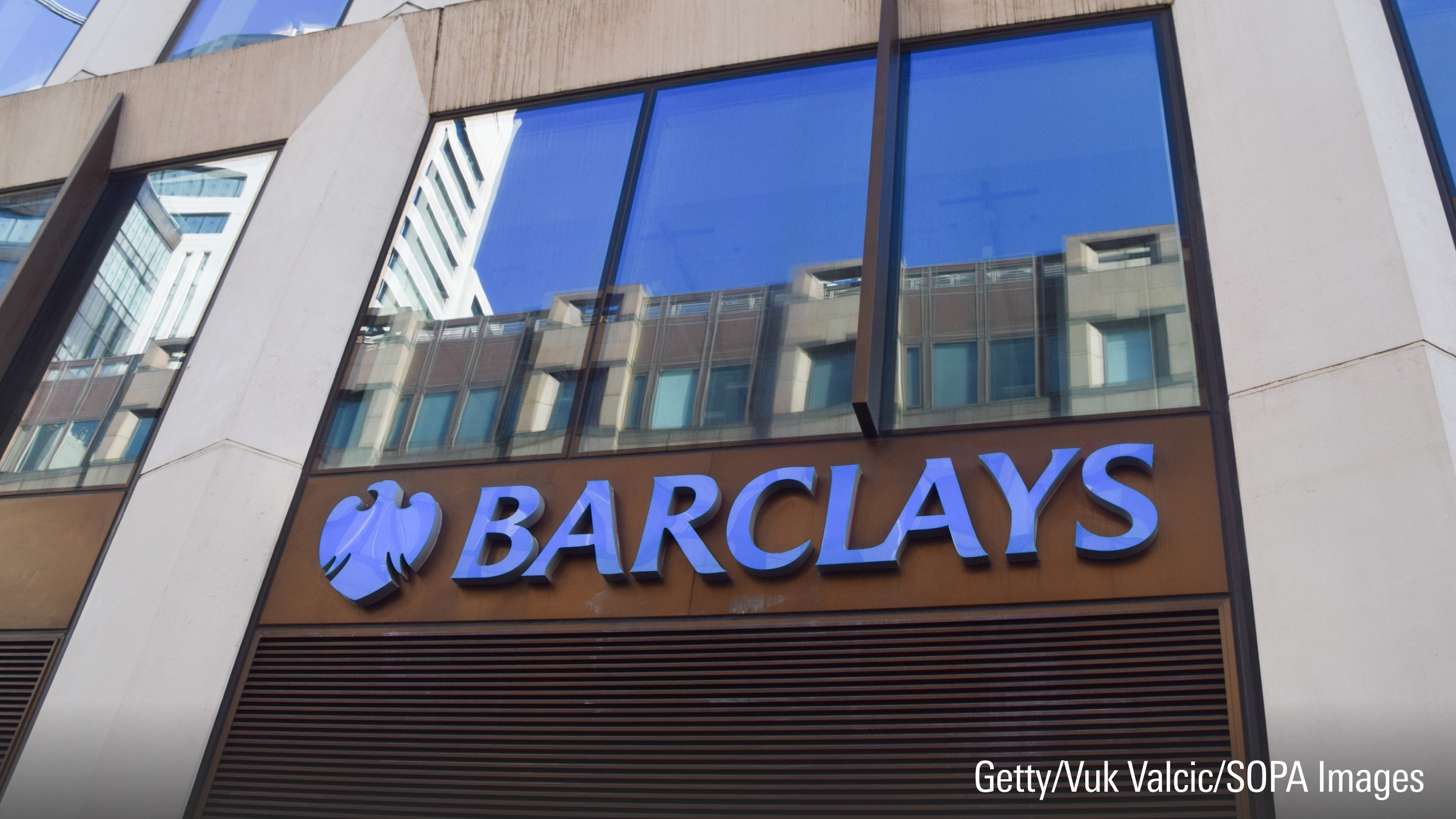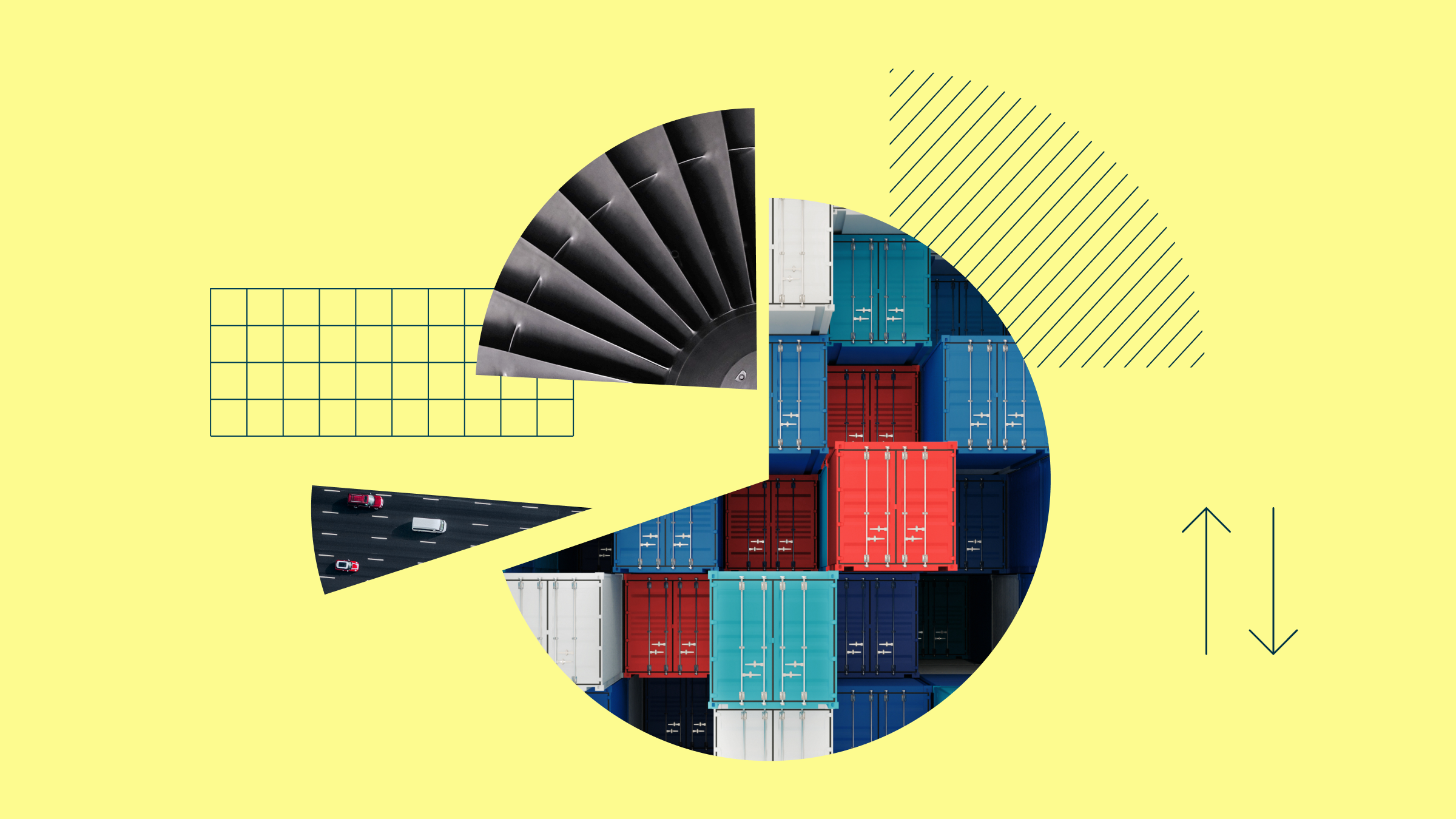Rolle im Portfolio
ETFlab DAX (Acc) provides exposure to German large-capitalisation equities, and can be used as a core holding for investors looking to build a German-centric portfolio. Despite the fact that all index constituents are multinational companies generating revenue around the world, the DAX is often used as benchmark for the German market. For instance, the largest index constituent, BASF, generated only about 40% of its sales in Germany in 2011. Many other companies also generate less than 50% of their revenue within Germany. As such, this investment can also be seen as a passive play on the pan-European and/or global economy with a German bias. Over the past three years, the DAX has shown a 88% correlation to the widely-held EURO STOXX 50 and an 79% correlation to the MSCI World. This in part reflects the fact that some of the largest constituents of the German index, such as Siemens and BASF, are truly global players that compete worldwide in sectors like industrial materials, financial services and automobile manufacturing.
ETFlab DAX Acc can also act as a tactical tool to overweight German equities within a diversified portfolio. However, it is important for investors to examine the index’s constituents. Like many single country indices, the DAX is fairly top heavy, with the top 10 constituents accounting for almost 70% of its value. The largest holding is Siemens, which accounts for about 10% of the portfolio. The financial sector, consisting mainly of Allianz, Deutsche Bank and Munich Re accounts for about 17% of the index.
Fundamentale Analyse
The short- to mid-term economic outlook for Germany has deteriorated. Despite the publication of some encouraging data, the Eurozone sovereign debt crisis and the slowdown in Emerging Market economies over the course of 2012 has taken its toll on the once resilient largest economy in Europe.
Industrial output in the Eurozone dropped by 1.4% in October, while it declined by 2.4% in Germany. The German economy ministry confirmed late November that the economy would weaken noticeably during the winter months as companies hold back on investments. In fact, companies like Siemens and Daimler recently announced large-scale cost-cutting programmes to boost their competitiveness. Germany’s Bundesbank also contributed to the generally gloomy outlook by cutting its economic growth forecast, partly on the negative effects of the still recessionary Eurozone peripheral countries on the German economy, something already highlighted in the European Central Bank’s economic outlook for the Eurozone. The central bank cut its 2013 GDP growth forecast to 0.4% y/y, down from the previous forecast of 1.6% published in June. Meanwhile, for the full-year 2012, the central bank expects the economy to expand by 0.7% y/y.
In any case, against the less positive general backdrop the German economy continues to throw some signs of strength. Perhaps anticipating the evolution of the ZEW index in December, the Ifo business confidence index unexpectedly rose in November to 101.4 after six straight months of decline. Moreover, the purchasing manager index (PMI) climbed to 50.5 in December, indicating a return to expansion territory for the first time since April. The increase was led primarily by the service sector.
While the Eurozone economy slipped into recession in the third quarter, Germany expanded by 0.2% q/q, driven by export and domestic consumption. However, the industry sector, the most important pillar of the German economy, continued to decline. Manufacturing production dropped by 3.3% in October as orders from within the Eurozone declined by almost 10%. The industry sector, excluding construction, accounts for about one fourth of the country’s GDP.
Looking forward and taking into consideration that Germany is essentially an export-oriented country, Germany could benefit from any improvement in the outlook of the US and Asian economies, its main trading partners outside the Eurozone. The HSBC PMI for Asia climbed to a 14-month high of 50.9 in December, up from 50.5 in November.
Companies in the basic materials sector, the largest sector in the DAX, generally operate in a highly cyclical environment and are subject to fluctuating commodity prices. Rising raw material costs can put pressure on these firms’ margins and dampen demand. However, any deterioration of the Eurozone sovereign debt crisis should put downside pressure on the euro, in turn providing support to exports.
Consumer goods companies, representing the second largest sector in the DAX, are more dependent on the strength of German domestic demand. Low unemployment (6.5% in November) and low inflation (1.9% vs. 2.2% in the Eurozone) should serve to support consumer confidence. However, Germany’s volume of retail trade dropped in October by 2.8% m/m.
Indexkonstruktion
The DAX index comprises the 30 largest companies trading on the Frankfurt Stock Exchange and represents approximately 80 % of the free-float adjusted market capitalisation of the Prime Standard Segment. The value of the DAX is based on free-float market capitalization and trading volumes. The weighting of an individual constituent is limited to 10% of the index’s value. The index weightings are reviewed quarterly and the index’s composition is reviewed once a year in September. The DAX is one of the few major country indices that is calculated on a total return basis, i.e. dividends are constantly reinvested into the index. Basic materials is the primary sector represented, with 24% of the index's value, followed by consumer goods (19%), financials (17%), and industrials (14%). Siemens is the largest component of the DAX with a 10% weighting. Rounding out the top three constituents are BASF and Bayer.
Fondskonstruktion
ETFlab DAX Acc uses physical replication to track the performance of the DAX total return index. The fund buys all the securities within the index, in the same weightings as stipulated by the index. ETFlab can lend up to 10% of a fund’s assets to parent bank DekaBank on a principal basis, meaning DekaBank is the only eligible counterparty to the ETFs. Alsoy, ETFlab can lend up to 100% of a fund’s as¬sets to Clearstream Banking Frankfurt (CBF), which is an organised lending system. All revenues generated through securities lending (net of operational costs) are passed on to the fund. Although this activity can help to partially offset the TER, it exposes investors to counterparty risk. To protect the fund from this counterparty risk, ETFlab takes collateral greater than the value of the borrowed securities. Collateral levels vary from 102% to 105%, depending on the assets provided as collateral and on the credit quality of the borrower. ETFlab accepts equities and bonds as collateral from DekaBank, and European Central Bank-eligible baskets from CBF. CBF has di¬rect access to the ECB accounts of all the borrowers. In the event of a borrower default, if the collateral and the ECB account don´t cover the whole claim, a guarantee of a banking consortium will cover the shortfall. All fixed income securities received as collateral must be eligible collateral for the ECB. Additionally, there is a concentration limit that restricts the weight of each bond to a maximum of 10% of the value of the fixed income portfolio.
Gebühren
At 0.15%, the fund’s total expense ratio (TER) is in the middle range for ETFs tracking the DAX. Other potential costs associated with holding this fund which are not included in the TER include rebalancing costs, bid-ask spreads and brokerage fees.
Alternativen
The DAX is one of the most successful benchmarks tracked by ETFs in Europe, so there is no scarcity of ETF alternatives for investors. Providers including Lyxor, db x-trackers, ComStage, Source and iShares offer DAX ETFs at different total expense ratios ranging from 0.12% to 0.17%. Among all these funds, fully-replicated iShares DAX (DE) remains the most popular with currently EUR 13.5 billion of assets under management. It is also the most heavily-traded on the Frankfurt Stock Exchange as measured by the 3-month average daily trading volume, a key (but by no means comprehensive) measure of liquidity.
Alternatively, income-seeking investors could take a look at ComStage ETF DAX, which distributes the dividends paid out by the index’s constituents to fund holders. Of course, it is important to keep tax considerations in mind as dividend income is typically taxed at a higher rate than capital gains. The fund’s total expense ratio is 0.12%.
Die in diesem Artikel enthaltenen Informationen dienen ausschließlich zu Bildungs- und Informationszwecken. Sie sind weder als Aufforderung noch als Anreiz zum Kauf oder Verkauf eines Wertpapiers oder Finanzinstruments zu verstehen. Die in diesem Artikel enthaltenen Informationen sollten nicht als alleinige Quelle für Anlageentscheidungen verwendet werden.

















